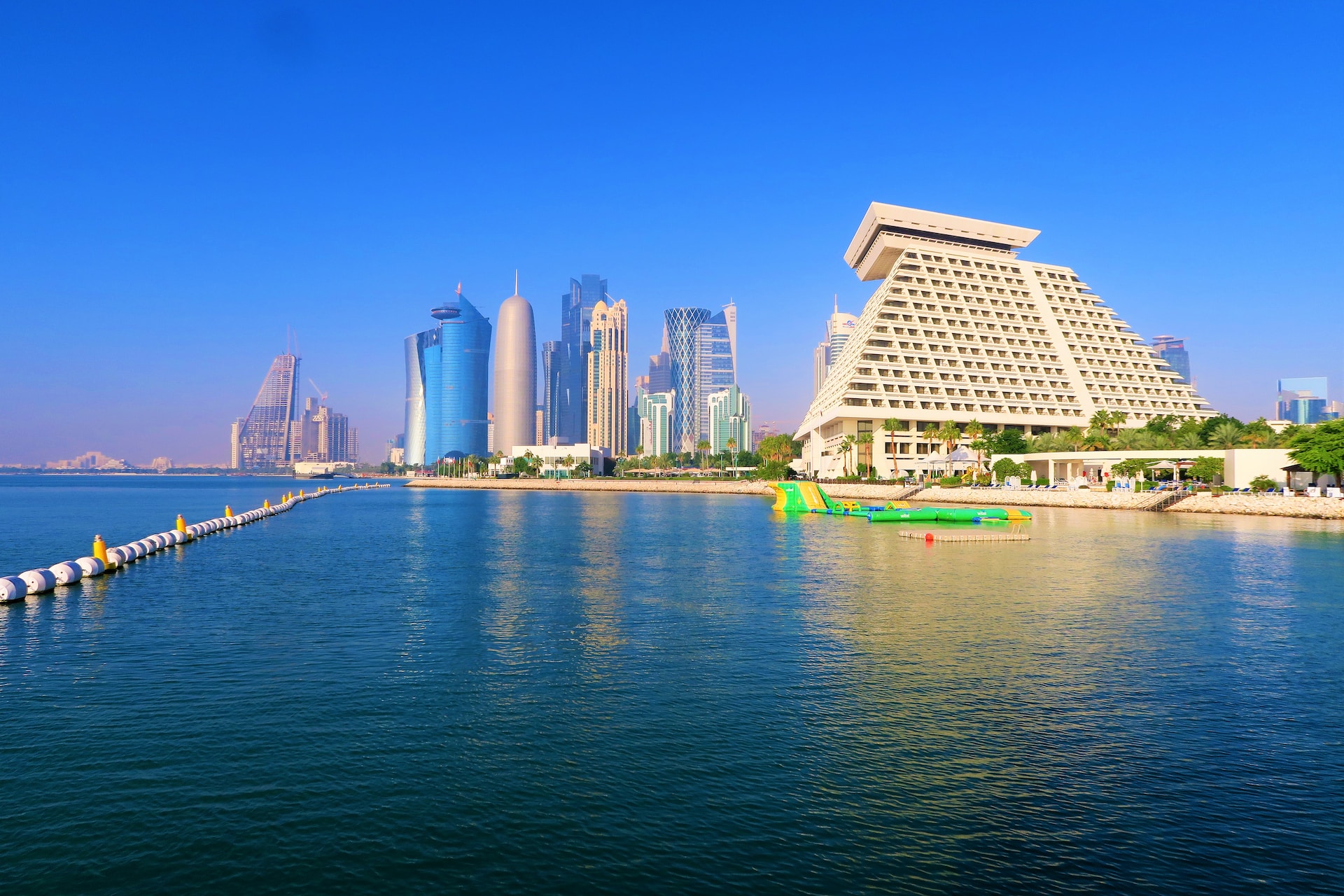Developing Food and Water Security at Scale: The Case of Qatar
With the miraculous advents of science and medicine in recent decades, humans have a much better prospect of living longer and healthier lives than at any other point in history. So much so that the UN projects that the global population will soar beyond 8.5 billion people by 2030, placing added stress on the planet’s resources. Coupled with the growing climate crisis forces, governments are facing the increasingly undeniable quandaries of ensuring their countries’ food and water security.
Climate change will be a major factor in this. A warming planet poses serious issues for local agricultural industries and farmers of all sizes as they face the possibility of damaged crops or disrupted farming seasons as prolonged droughts, rains and extreme weather events become more common. Take for instance the unexpected winter storms that lashed the state of California in late 2022 that left the state to cover huge costs that included as much as US$500 million in damaged crops.
This is just one example of the impending effects of the climate crisis that will severely impact agricultural production and supply and—down the line—result in higher costs for fresh fruit and vegetables. In the long run, these effects will trickle down into the rice bowls of everyday people, limiting their access to key nutrients.
Another environmental issue that could hit food and water security is the continued pollution of water and soil by industrial activities. In many low- and middle-income countries, it’s a common practice for factories to discharge industrial sludge and waste into rivers, lakes and other bodies of water due to lax regulations, enforcement or information. Without the skills and infrastructure to handle proper waste management, there is little to limit the pollution of essential water and land resources.
What’s more, it is common practice for water from rivers and lakes to be regularly used for crop cultivation in many parts of the world. This results in dwindling water source for traditional farming—a water-intensive practice—which can be acute during times of prolonged drought, but also rising levels of lead and other pollutants in public water sources. Unaddressed, this problem can have long-damaging effects on people’s health, especially as water-borne pathogens found in water—such as typhoid, cholera, dysentery and hepatitis—account for almost 60% of early childhood deaths worldwide.
Lessons from Qatar’s Water Issues
While water and food security issues are global problems, countries like Qatar and other Gulf states have dealt with them for decades with immense success despite being some of the driest countries in the world. They also have relatively tiny amounts of cultivatable land – Qatar, for one, only had 6.4% relative to its overall land area in the country, a significant step down compared to the global average of 36.5% in 2020. These countries also have low levels of freshwater availability – a term used to refer to drinkable water versus greater water sources which are too salty to drink or use for crops.
Given how vital water is for both crops and people, Qatar and the other Gulf states understood from early on how essential it would be to overcome its water storage and supply limitations. The country took a two-pronged approach to the problem. First, Qatar and the Gulf states have managed to translate their immense fossil fuel resources into desalination infrastructure that can support their growing population. For example, all across Qatar there are hundreds of desalination plants that are focused on making sea water drinkable – in fact, desalinated water accounts for around half of the water people use in Qatar. Desalination is expensive; however, it has ensured that the people of Qatar have a reliable source of water. The Qatar government also recycles water derived from the process of making oil.
The second issue of water storage is that it requires immense investment by the country to build the infrastructure needed to maintain water reserves. In 2015, the government started building a mega reservoir project that aims to meet the country’s water demands by 2026 with the help of 24 concrete reservoirs that can store seven days’ worth of potable water for Qataris in times of emergency. For comparison’s sake, in 2010, Qatar only had around 48 hours’ worth of emergency water reserves stored. Alongside this, the government also promoted a national campaign to drive awareness around efficient use of water among Qataris.
Solving for Food Security
Food supply is a bigger issue in Qatar, which imports 90% of its food requirements, a quarter of which comes from the US. Fruits and vegetables are predominantly imported from the other GCC countries, while requirements for meat products are fulfilled by Australia, New Zealand and India.
Of course, this is costly and an unsustainable solution that would make Qatar highly vulnerable to supply chain shocks, as occurred during the Russia-Ukraine conflict, noted Dr. Masoud Jarallah Al Marri, Director of the Food Security Department at the Ministry of Municipality in Qatar.
To strengthen its food supplies, Qatar is making heavy investments to secure its food availability. The country has established a national-led food security program with plans to increase domestic food production, strategic storage systems and develop reliable yet diverse import sources.
While not every country will face circumstances as extreme as Qatar’s, the country offers key lessons in how other governments can quickly build and implement nationwide initiatives that not only solve food and water security issues, but also develop sustainability tactics to ensure future resiliency. These lessons will be essential in the coming years as climate change intensifies, but they are well worth paying attention to in the present moment.
Photo Caption: There are many lessons to be learnt from Qatar on food and water security.



